Does Red Light Therapy Make Hyperpigmentation Worse?
Red Light Therapy has come to the surface as an effective way of treating various skin-related problems. It significantly reduces the aging signs, and acne, and improves the overall skin tone.
The non-invasive nature of RLT makes it a safe and effective treatment, especially for people with sensitive skin. Well, RLT offers such amazing skin health benefits. People have concerns about how RLT affects hyperpigmentation on the skin.
Hyperpigmentation refers to a skin type condition in which you get dark spots on your skin. These dark patches may occur due to excessive sun exposure, certain medications, and hormonal changes. There are various treatments available in the industry but all of them have some limitations.
Therefore, people are moving towards red infrared Therapy because of its safe nature. People have different opinions about the effect of RLT on hyperpigmentation. Let’s see how IT affects hyperpigmentation in reality.
Simplified Overview Of Red Light Therapy
RLT or Red Light Therapy uses low-level red light at a certain range of wavelengths such as 850 nm red light therapy or 660 nm red light therapy. The wavelength penetrates through the skin of the person and gives therapeutic effects. It directly targets the mitochondria of the skin, which increases the energy growth in the cell.
This significantly helps in speeding up the healing process, regeneration of the cell, repair of damaged cells, increase in production of collagen, and reduction in inflammation and pain. In simple words, professional LED light therapy machine offers a variety of benefits to the skin to improve its health.
Red Light Therapy offers the following main benefits to the skin.
1. Enhanced Healing
Red light therapy device increases the natural process of healing the skin. The increase in healing is significantly helpful for surgeries and injuries.
2. Anti-aging Effects
RLT increases the production of collagen in the skin which helps in reducing aging signs like wrinkles and fine lines. This leads to elastic skin.
3. Inflammation Reduction
Red Light Therapy reduces the inflammation in the skin. This efficiently aids in managing swelling in conditions such as eczema, rosacea, and acne.
Hyperpigmentation Explained
Hyperpigmentation is a type of skin condition in which you suffer from dark areas on your skin. Basically, hyperpigmentation occurs due to the excess release of melanin. Melanin refers to a pigment that changes the color of the skin. People with any type of skin can be affected by this hyperpigmentation and can be seen throughout the body.
When your body is exposed to the sun for a longer period, it increases the production of melanin in your skin to protect it from the harmful UV lights of the sun. Moreover, people can also experience high melanin production due to hormonal changes during melasma or pregnancy, inflammation or injury, acne, or wounds on their skin. All of these lead to excess release of melanin, which results in hyperpigmentation.
When you consider undergoing a red infrared Light Therapy session, you need to understand the interaction and effect of light on the excess release of melanin. Because RLT also uses UV light which may further increase melanin production and lead to more hyperpigmentation. Well, you have to relax at this point. Red Light Therapy does not increase hyperpigmentation, instead, it hinders melanin production and helps you reduce its appearance.
Investigating The Effect Of Red Light Therapy On Hyperpigmentation
Mechanism At The Cellular Level
RLT or Red Light Therapy uses red light to treat multiple skin conditions. The process RLLT uses is called photobiomodulation. RLT generally uses low-level red light at a certain range of wavelength to penetrate through the skin of the person. The light directly hits the mitochondria of the cell, which triggers the production of ATP or energy within the cell. When the energy production increases, it leads to increased growth, repair, and regeneration of the cells.
Red light therapy device significantly influences the working phenomenon of melanocytes. These cells assist in the production of melanin in your skin. RLT reduces inflammation and increases cellular activity, which significantly aids in diminishing pigment from the skin gradually without increasing the production of melanin.
Current Research Findings
Research is still ongoing on the interaction between the red infrared Light Therapy and hyperpigmentation. Some studies suggest that RLT significantly enhances skin texture and complexion. It renews the skin color and reduces hyperpigmentation. Well, there is not a focused niche study that claims the benefits of RLT in reducing hyperpigmentation.
All of these findings are a part of other studies that indicate that RLT does influence reducing the appearance of hyperpigmentation from the skin by renewing the skin cells. But always remember that the results and effects of LED light therapy may vary due to different skin types, distinct hyperpigmentation causes, and the type of therapy you use.
Dermatologists Opinions On Its Efficacy And Safety
Dermatologists have a strong belief in infrared red light Therapy. The non-invasive and pain-free features of RLT make it safe and effective for all types of skin. It efficiently helps in treating various skin-related conditions like acne, aging signs, and hyperpigmentation.
Red Light Therapy has the ability to speed up the healing process and reduce the inflammation in the skin, which shows that it does not worsen the hyperpigmentation further. Instead, it offers benefits by improving the texture and color of the skin.
Dermatologists also suggest having a personalized treatment for everyone. Because every person has a different type of skin, they also suffer from different conditions. Hence, if you are considering undergoing a LED light therapy session to reduce hyperpigmentation, then have a consultation meeting with a doctor. An expert gives you a detailed insight into your condition and addresses your skin needs.
Benefits And Limitations
Proven Benefits
RLT or Red Light Therapy offers a variety of benefits to improve multiple skin conditions. It efficiently improves the skin color, reduces inflammation, and speeds up the cellular repair.
All of these benefits are also considered beneficial for people with hyperpigmentation. RLT helps the damaged cells in the skin which indirectly clears the dark spots.
Most importantly, the ability of infrared red light therapy to increase the production of collagen and enhance the natural cell regeneration process results in better skin tone. The anti-inflammatory feature of therapy also helps in the reduction of scar and acne which improves the hyperpigmentation in the skin.
Potential Limitations
Although Red Light Therapy presents a ton of benefits, it also comes with some limitations while treating hyperpigmentation.
1. Depth Of Penetration
Red Light Therapy only has the ability to penetrate through the skin at a certain depth of the dermis layer. So it might not reach the deeper level where some hyperpigmentation stays.
2. Melanin Production
Red Light Therapy does not directly reduce the melanin production in the skin which mainly causes hyperpigmentation. It can indirectly reduce some dark spots but cannot treat them effectively for severe melasma conditions.
3. Individual Response
The response of Red Light Therapy may also differ due to different skin types, severity of the hyperpigmentation, and some other factors.
Safe Practices And Alternatives
Guidelines For Safe Use
If you want to undergo an infrared red light Therapy session, then consider following these guidelines for a safe and effective treatment for hyperpigmentation.
1. Professional Consultation
Before undergoing any treatment, always have a detailed meeting with your dermatologist. Expert advice helps you understand your condition and treatment better.
2. Follow Recommended Parameters
If you are going to use a home device of RLT, then ensure to follow all the guidelines of the manufacturer and professionals. Set the intensity, duration, and frequency as recommended for safe usage.
3. Monitor Skin Response
Observe your skin throughout your RLT sessions. Note down the after-effects of the therapy. If you see any side effects, immediately contact your dermatologist.
Comparison With Alternative Treatments
Various alternative treatments and therapies are available for treating hyperpigmentation. Topical creams are the most common treatment for reducing hyperpigmentation. These creams mainly contain Vitamin C, retinoids, and hydroquinone.
All of these ingredients directly target the production of melanin in your skin. Chemical peels are another alternative method that peel off the upper skin layer to decrease the visibility of dark areas. Laser therapy goes deep down the skin where hyperpigmentation resides and removes it.
LED red light Therapy is a much safer treatment due to its non-invasive nature and minimal side effects. This makes it a safe treatment for people with all types of skin. Well, it may not show immediate results but it can be beneficial when you use it with other alternative treatments.
Conclusion
Professional LED light therapy machine shows great results in treating various skin conditions. It significantly improves the skin tone, reduces inflammation, and enhances the cell regeneration process. The anti-inflammatory and speedy healing process have an indirect effect on reducing hyperpigmentation. Well, it may not show an effective and immediate result alone, but it can be effective with other direct alternative treatment options.
People who are considering undergoing a LED red light Therapy session to reduce hyperpigmentation must consult with a doctor. A dermatologist can give you a personalized treatment plan and aftercare suggestions that help you get smooth and effective results.
If you are interested in trying red light therapy for hyperpigmentation, you may want to consider the Bontanny Portable Series Red Light Therapy Device with Pulsed Function, which emits red and near-infrared light to reduce pain, relax muscles/joints, and increase blood circulation.

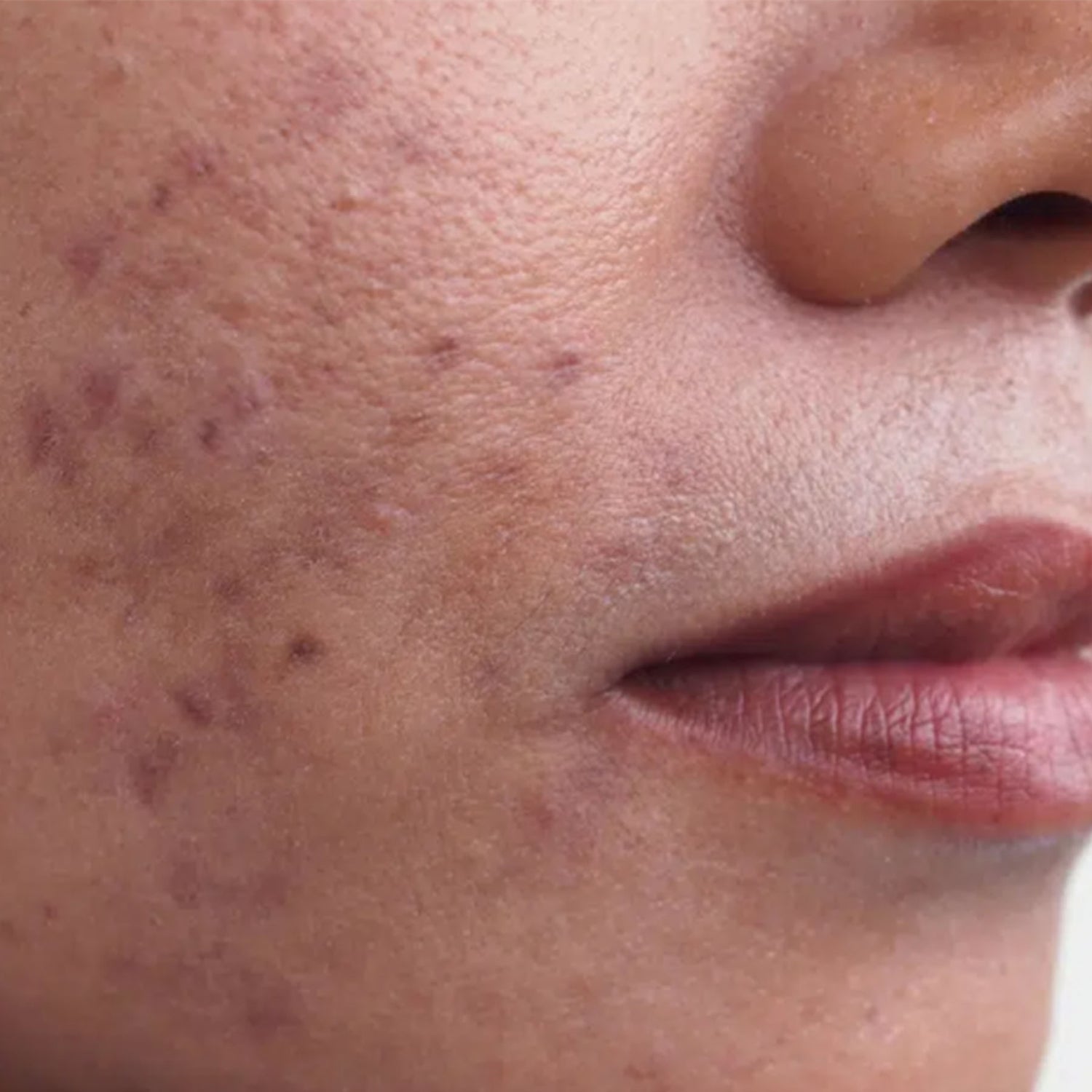
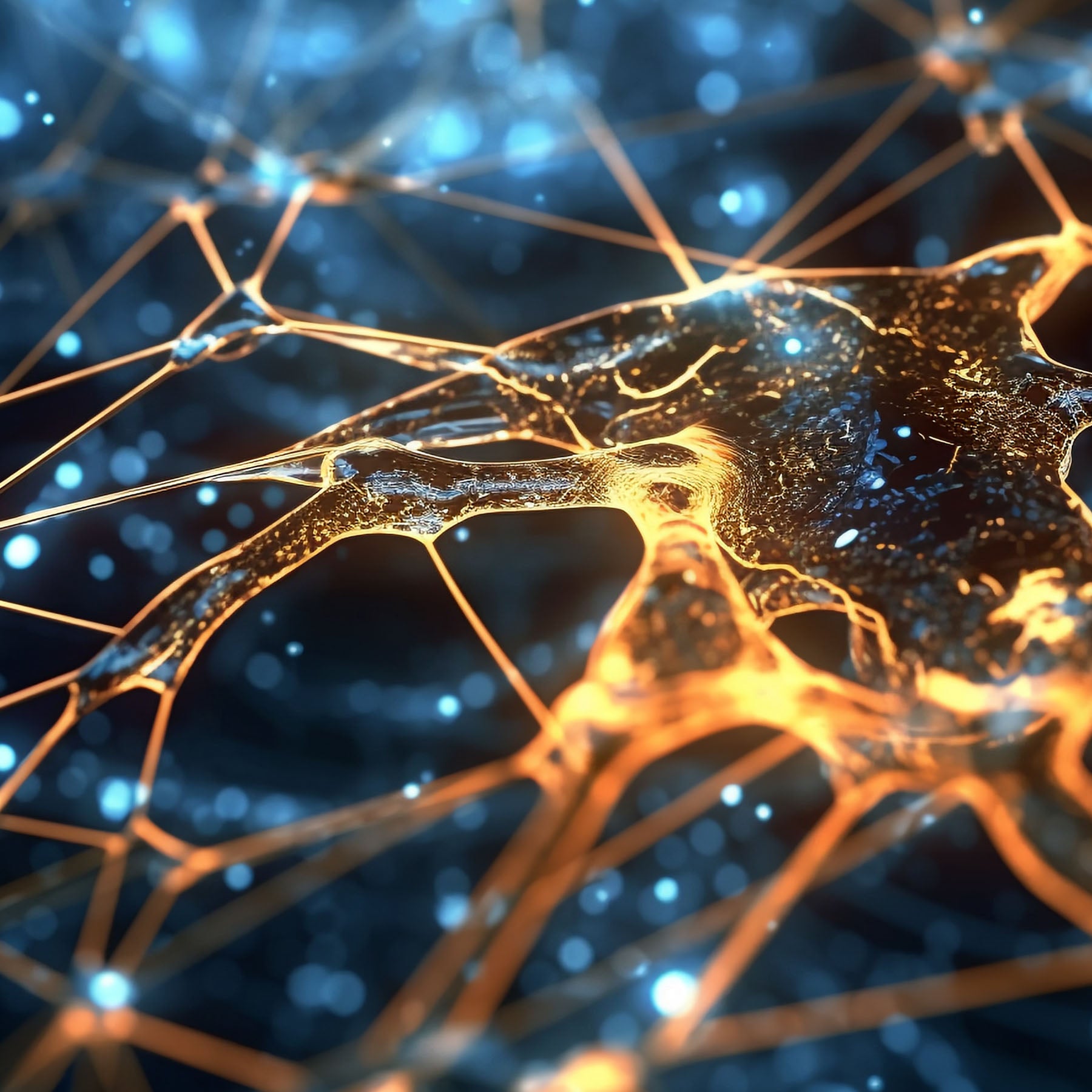
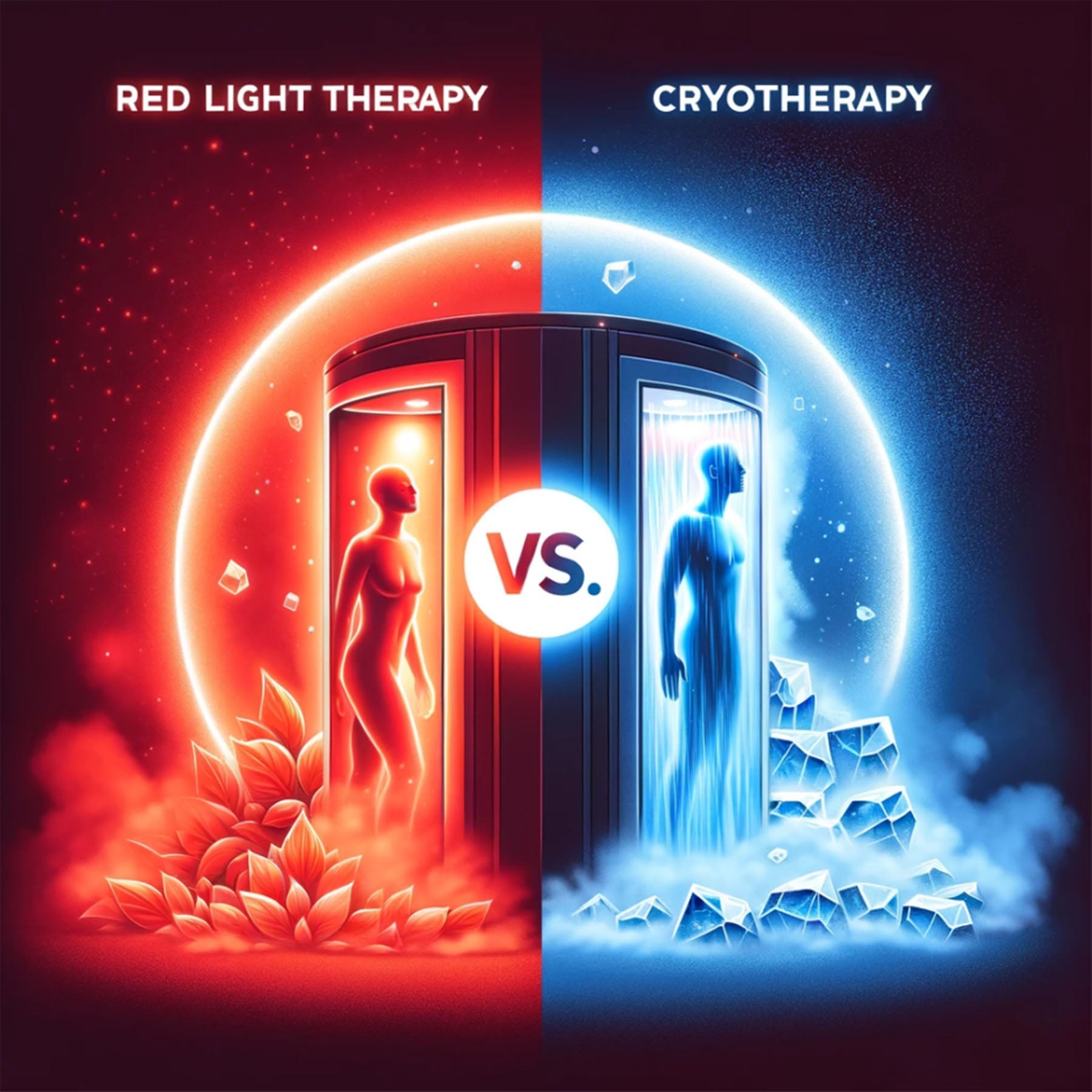
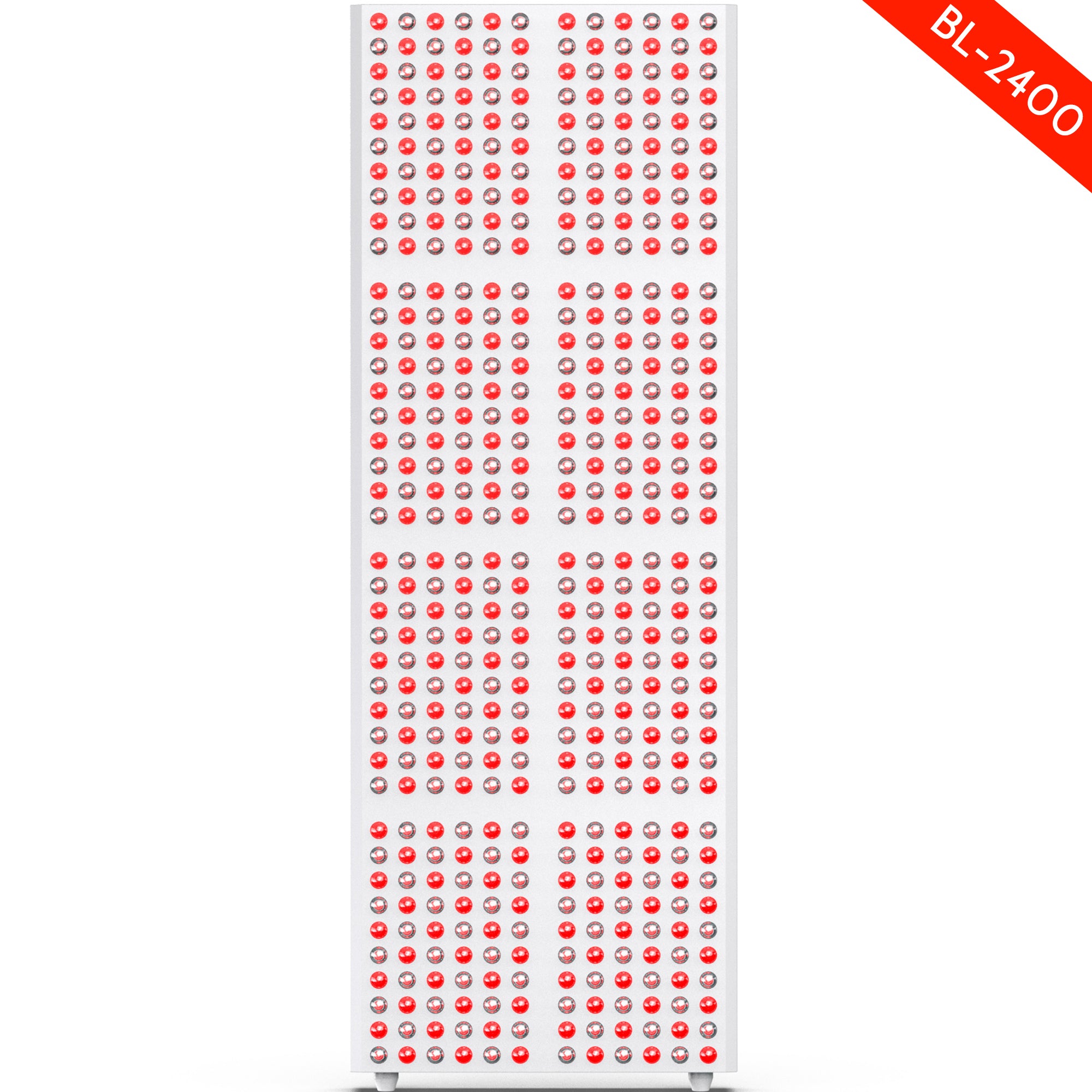
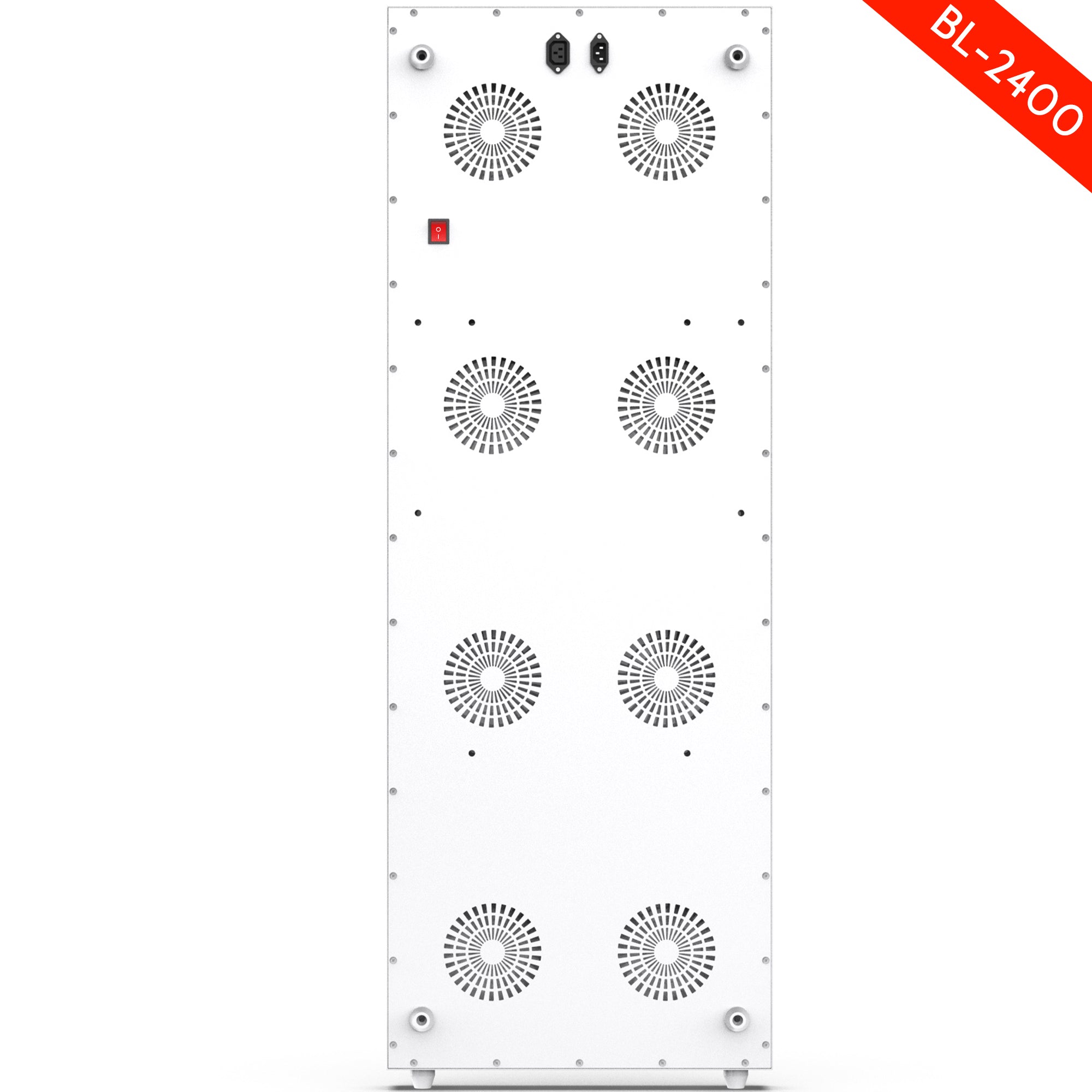
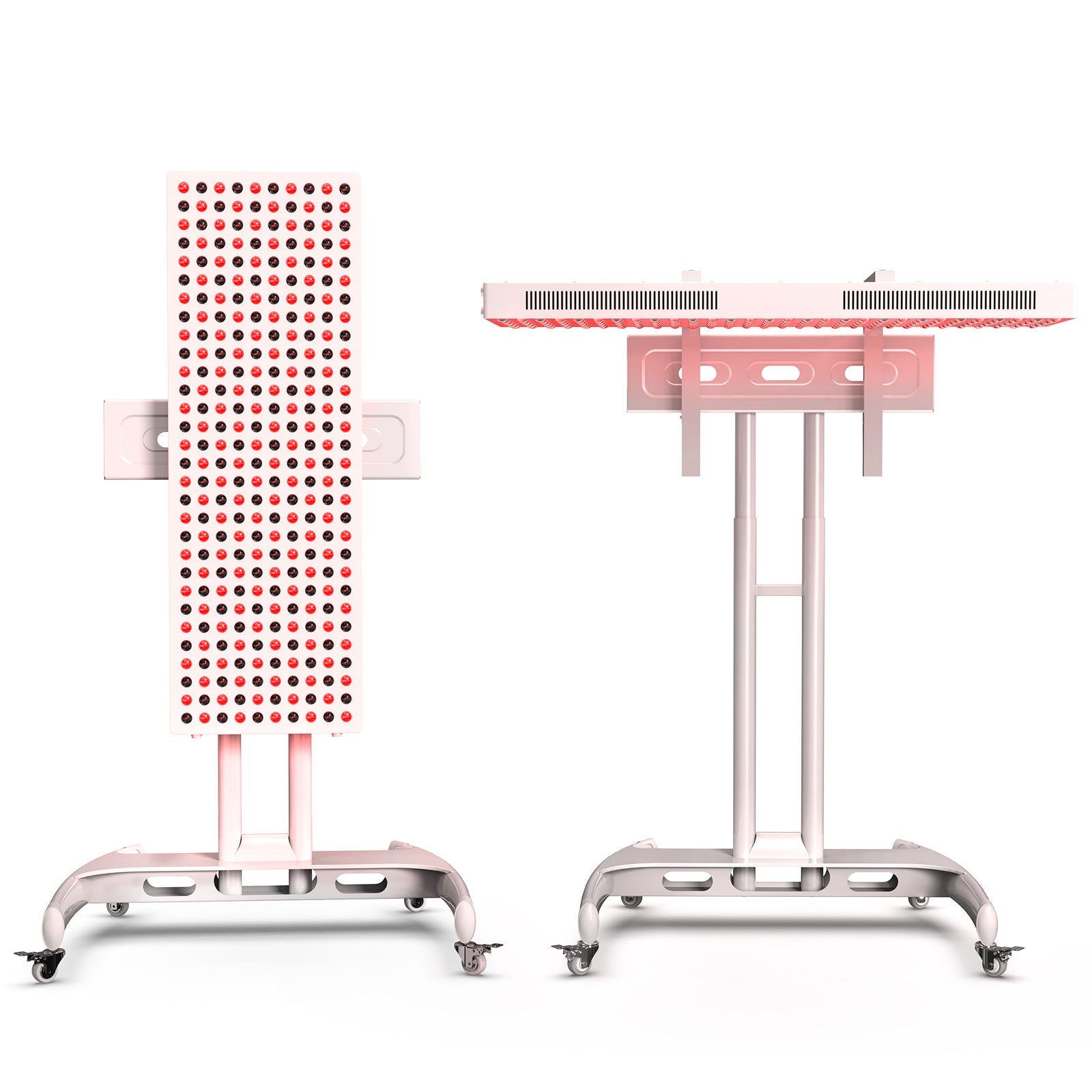
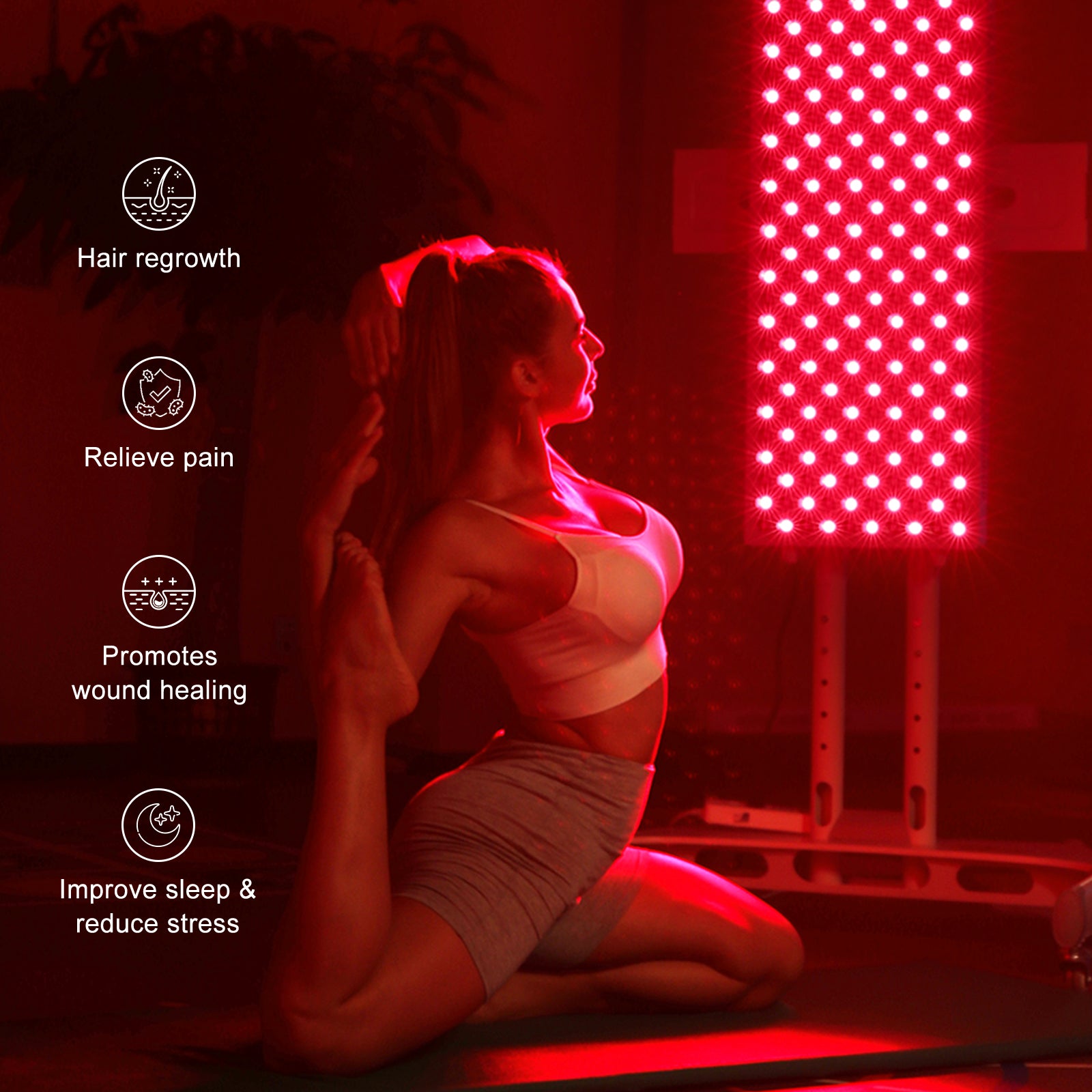
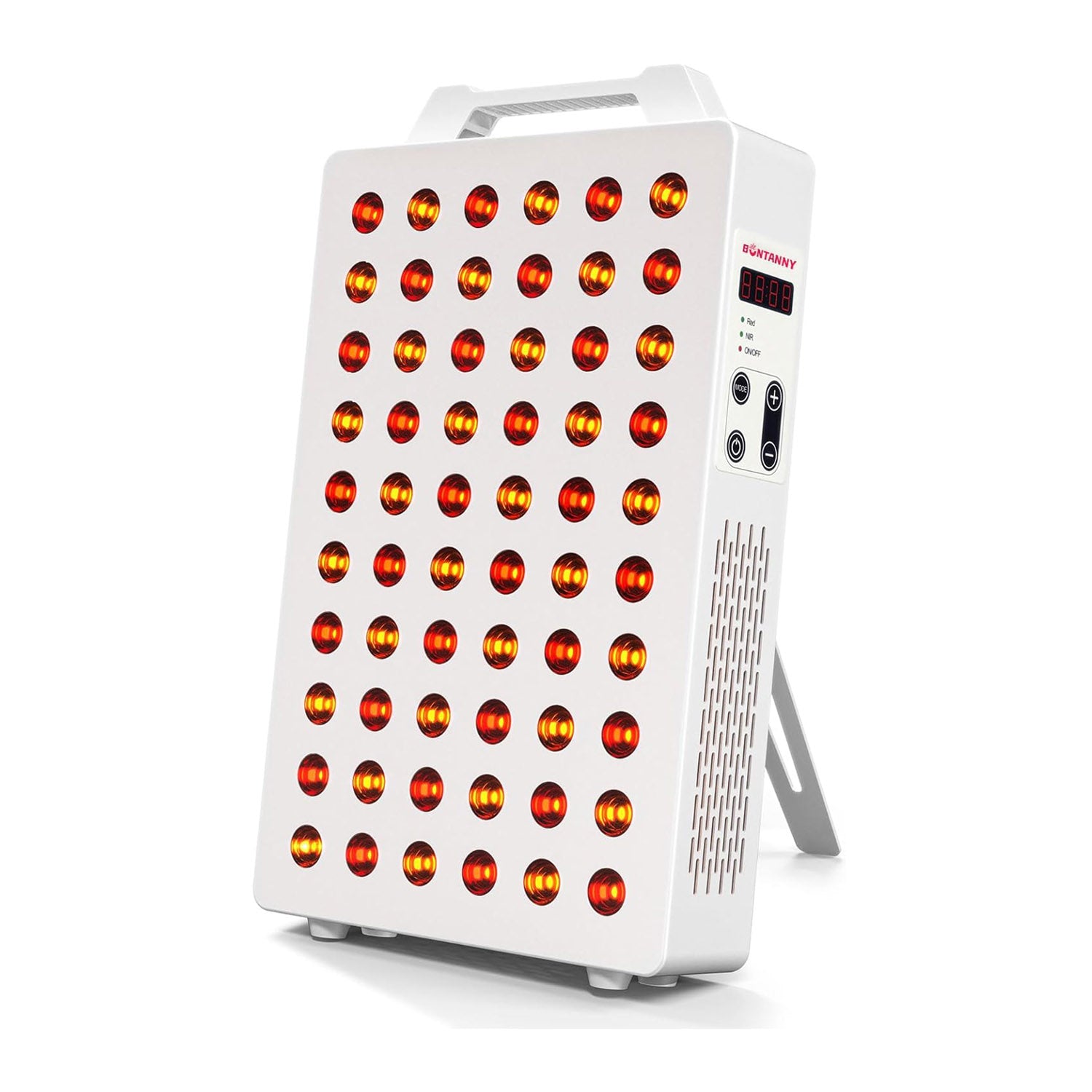
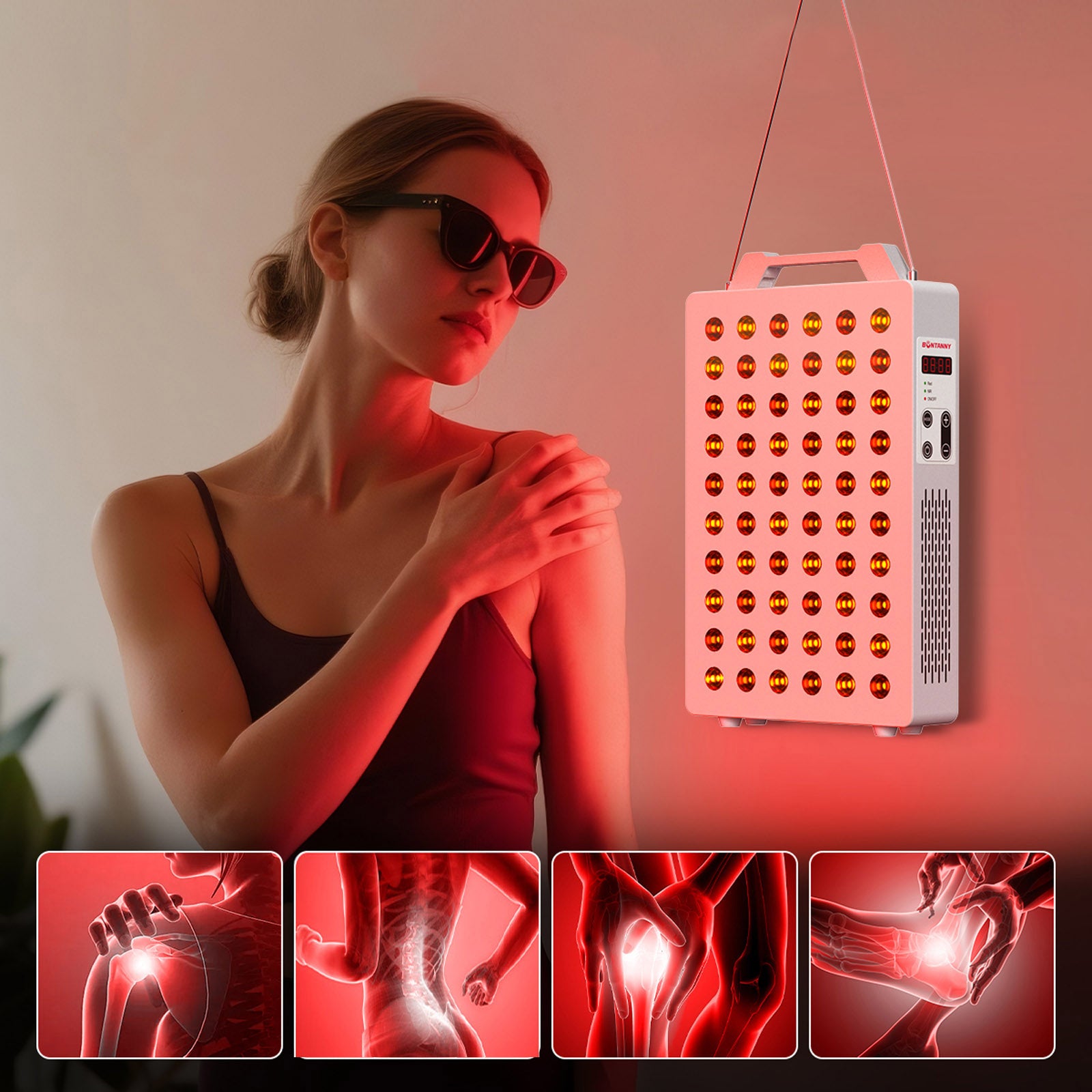
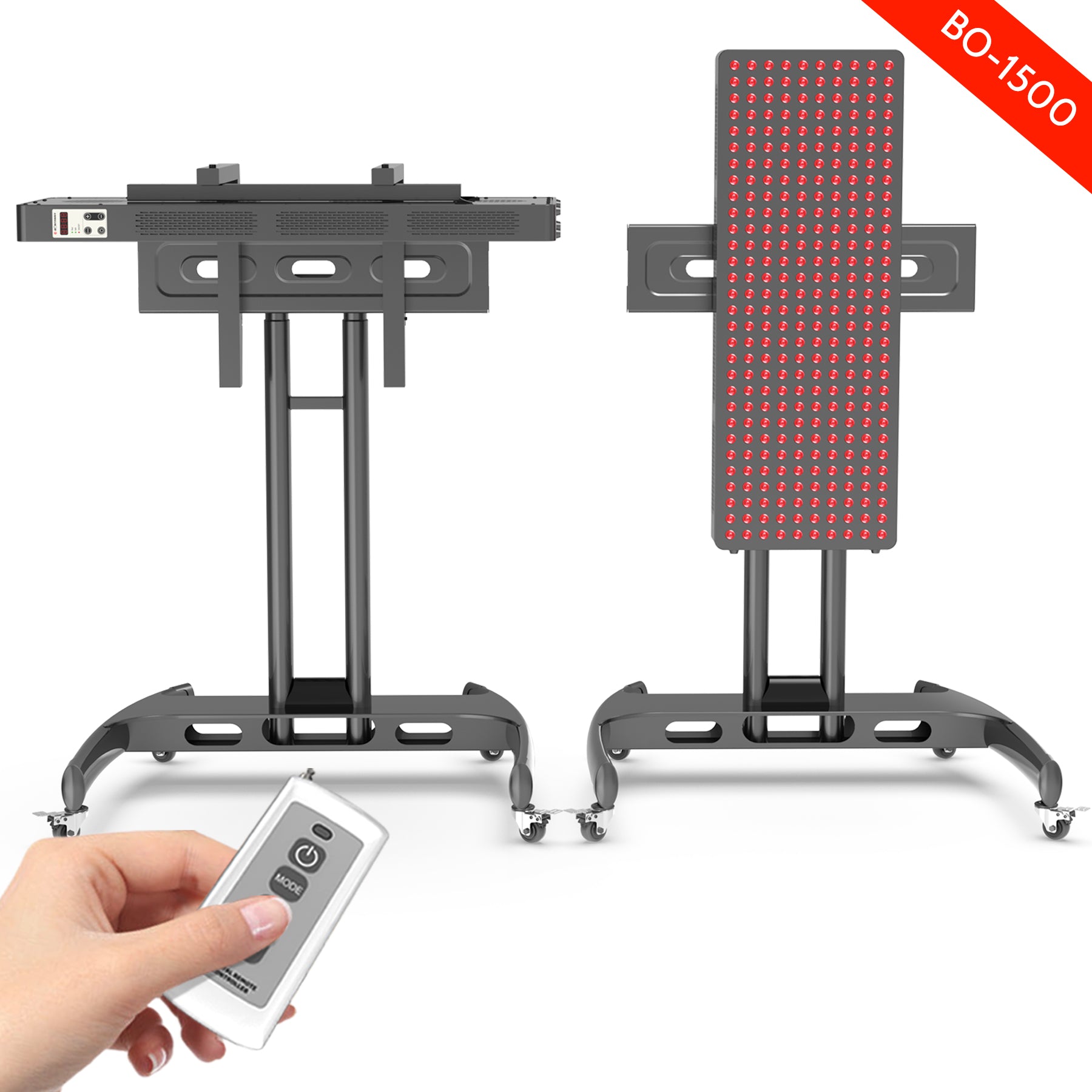
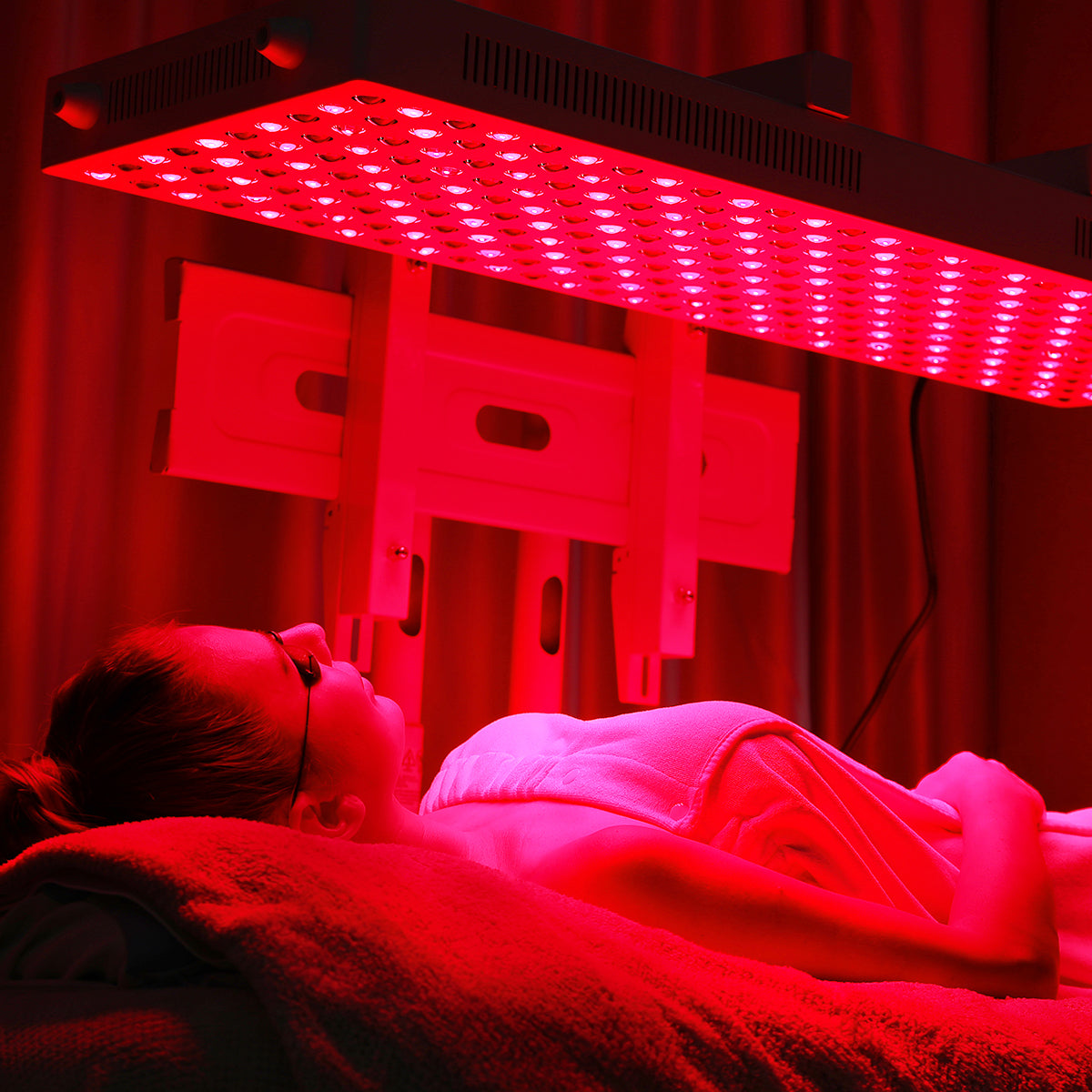
Leave a comment
This site is protected by hCaptcha and the hCaptcha Privacy Policy and Terms of Service apply.